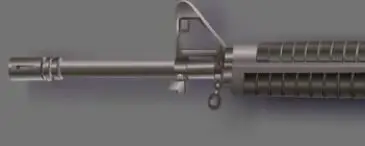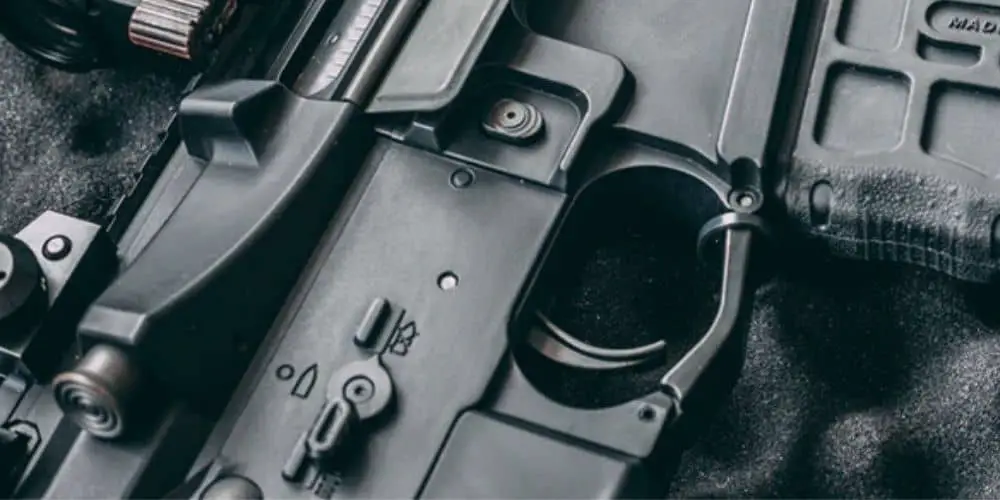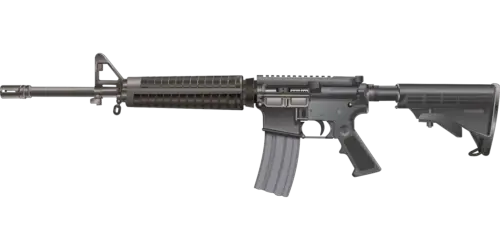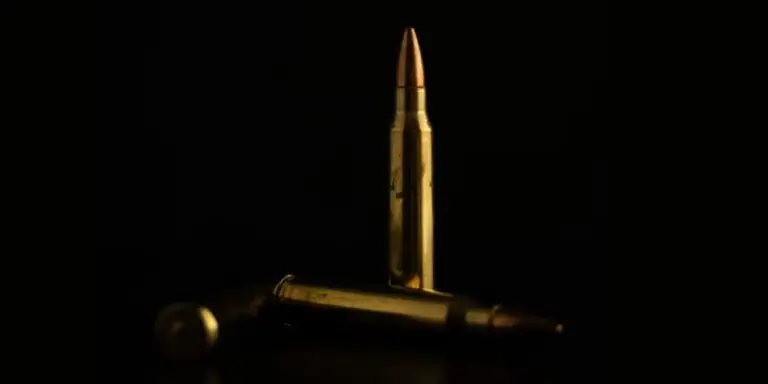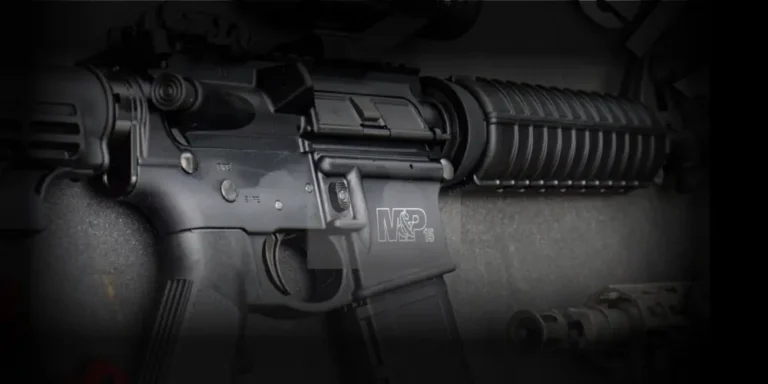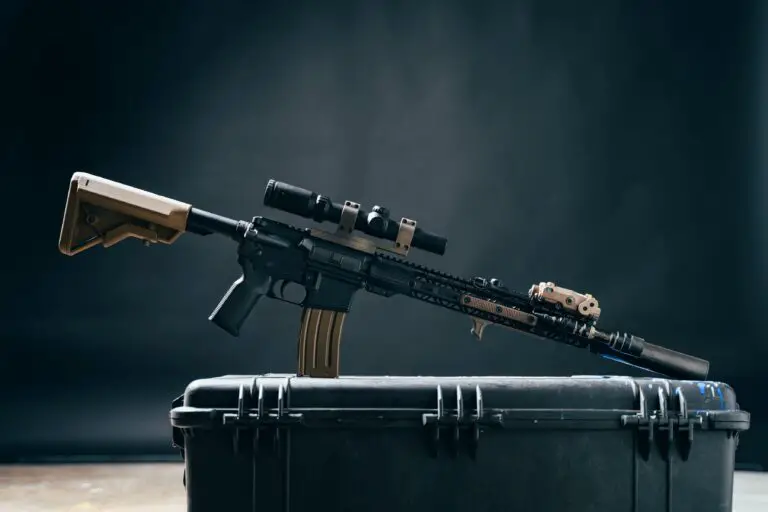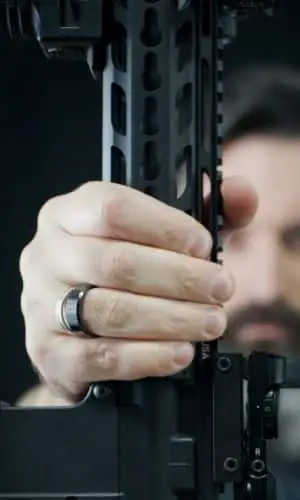Are Mil Spec Triggers Bad?
When deciding what kind of trigger you want for your rifle the first thing you should consider is what the rifle came with. Is it a custom trigger, adjustable trigger or a mil-spec. Each of these have their advantages and disadvantages.
Often mil-spec triggers get a bad rap by advanced shooters. However, it is important to look at what they were designed for and their advantages. So let’s take a dive into the question, Are Mil Spec Triggers Bad?
While considered inferior by some, mil-spec triggers aren’t inherently bad. Designed to provide a smooth trigger pull for users who may have not handled a firearm before, the heavier trigger pull reduces accidental discharges and allows more focus on trigger squeeze.While advanced shooters may prefer a lighter trigger pull, a novice will be fine with a mil-spec trigger.
How to Choose a rifle Trigger that’s Right for You
It’s important to take into consideration what kind of rifle you have, what your intended use for the rifle is, and what kind of feel you prefer in a trigger.
Choosing the right trigger can be a difficult task. There are several factors that should be taken into consideration before making a final decision. One of these is the type of rifle that will be used with the new trigger.
Most AR rifles come with a mil-spec trigger.
Mil spec refers to a military specification. Military specifications are often more demanding and stringent than commercial specifications for things like triggers.
In particular the military calls for between 5.5 and 8.5 pounds of trigger pull weight, or the amount of pressure required to squeeze the trigger. These weights are a bit higher than most experienced shooters prefer.
The mil-spec weight was determined due to the fact that many individuals entering into the military may have never touched, let alone fired a rifle before in their lives.
These heavier triggers force them to concentrate on trigger pull and can reduce some accidental discharges due to the required effort to squeeze the trigger.
What Are Aftermarket Rifle Triggers?
The aftermarket trigger is a term used to describe the replacement for the factory stock trigger in rifles. They are most often used by hunters and competitive shooters.However, some tactical units due have modified triggers. This largely depends on the unit and its operations.
Aftermarket triggers are made to reduce the weight of pulling the trigger. The fluidity that the trigger moves and even the length of travel in the trigger before the sear activates.
Many aftermarket triggers are adjustable, so that they can be individually set to a shooter’s preference and skill level.
3 Types of Rifle Triggers and Adjustments
There are three types of rifle triggers.
The first is the single-stage trigger. This trigger is set up so that as soon as pressure is applied the sear begins to move. Oftentimes these are set at a very light weight and work great for some competitions, however they can pose a liability in a tactical type situation.
The second is a two-stage trigger. A two stage trigger has a limited amount of travel in the trigger before the sear begins to move. Often these will have a few pounds of pressure to move the trigger to the point where it engages the sear, and then a slightly heavier break weight, the point at which the trigger activates the sear and fires the round
The last type is adjustable triggers, which can be adjusted by hand to make fine adjustments in the firing mechanism’s weight or length of pull, which makes it easier for people with different firing skills to use. These can also be used to fine tune your triggers behavior if you like.
Most ARs equipped with a mil-spec trigger fall into the two-stage trigger category.
Rifle Trigger Considerations and Purchasing Tips
When it comes to deciding on a trigger upgrade, take into account your level of experience, type of shooting you are going to do and your budget.
If you are just entering the sport of shooting, be it for competitions or hunting then it is likely you are purchasing your firearm.
In this case, I recommend that you only purchase the firearm at first and get used to the function, aiming and basic fundamentals such as stance, cheek weld, breathing etc.
As your experience increases, get with some others you will meet during your time at the range or out in the woods. See what kind of equipment they are using and perhaps try out their weapons.
If you have been shooting for a while, even using a different gun platform, or have some extra money to spend then the two things you will most likely want to upgrade are your barrel and your trigger. If you are unsure of what you want then opt for an adjustable two stage trigger that comes in a simple drop in insert.
A decent brand will give you a smooth trigger, and the ability to try between several weights to find one that suits your preferences.
As your skill advances you may choose to stick with the adjustable trigger or to move into a defined trigger at a specific weight, at this point the choice is up to you and you will have likely determined what fits your style best.
Is There a Recommended Trigger to Replace a Mil-Spec?
While I have not tested every trigger on the market, or that many to be honest, the one I have found that works the best for me is the American Trigger AR Gold.
I think this was the third trigger I had purchased over the course of a few years. Since then I have not had the need to purchase another and have actually purchased one of these for both my primary AR15 and AR10.
Featuring a one piece design it is super simple to just drop it in place. Featuring a set 3.5 lb pull weight for most shooters this will be that perfect sweet spot.
If you are looking for more of an adjustable option, the Timney Triggers Daniel Horner 2 stage is an excellent option as well. It features a single unit drop in as well. A trigger pull weight of .5 lbs on the take up and an adjustable break of 1 to 2.5 additional pounds make this an excellent option as well.
In case you are not aware, Daniel Horner is one of the top shooters in the world, winning the Multigun Champion spot in 2007, 2009, 2010, 2011, 2012, 2014, 2015, 2016, 2017, 2018. According to Timneytriggers.com
“Daniel Horner and Timney’s engineers set out to create not only the ultimate AR-style trigger to the exact specifications of the best multi-gun shooter in the world, but a trigger that can withstand a lifetime of competition.”
While I have not personally tried this trigger, I have friends who swear by it. I just haven’t seen a need to replace my American Trigger.
Conclusion: Mil Spec or Aftermarket – Which is Best for You?
Ultimately the choice revolves around you. Do you want to spend the money on an upgrade, or are you just trying to get to the range and have some fun. While an aftermarket trigger is not a requirement it could improve the enjoyment and possibly even your accuracy.
To sum things up;
A Mil Spec trigger is not bad, and in most cases will serve you well. Marines are trained on a 500 yard course and the Army a 300 yard course. Both of these courses use a mil-spec trigger. However, a mil spec trigger can leave some things desired. Hunting and competition shooters often replace the mil spec trigger with an aftermarket unit.
